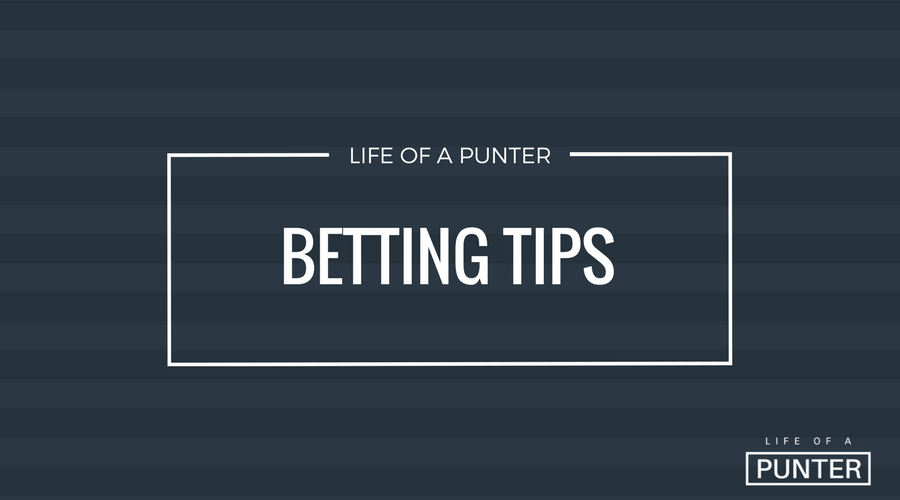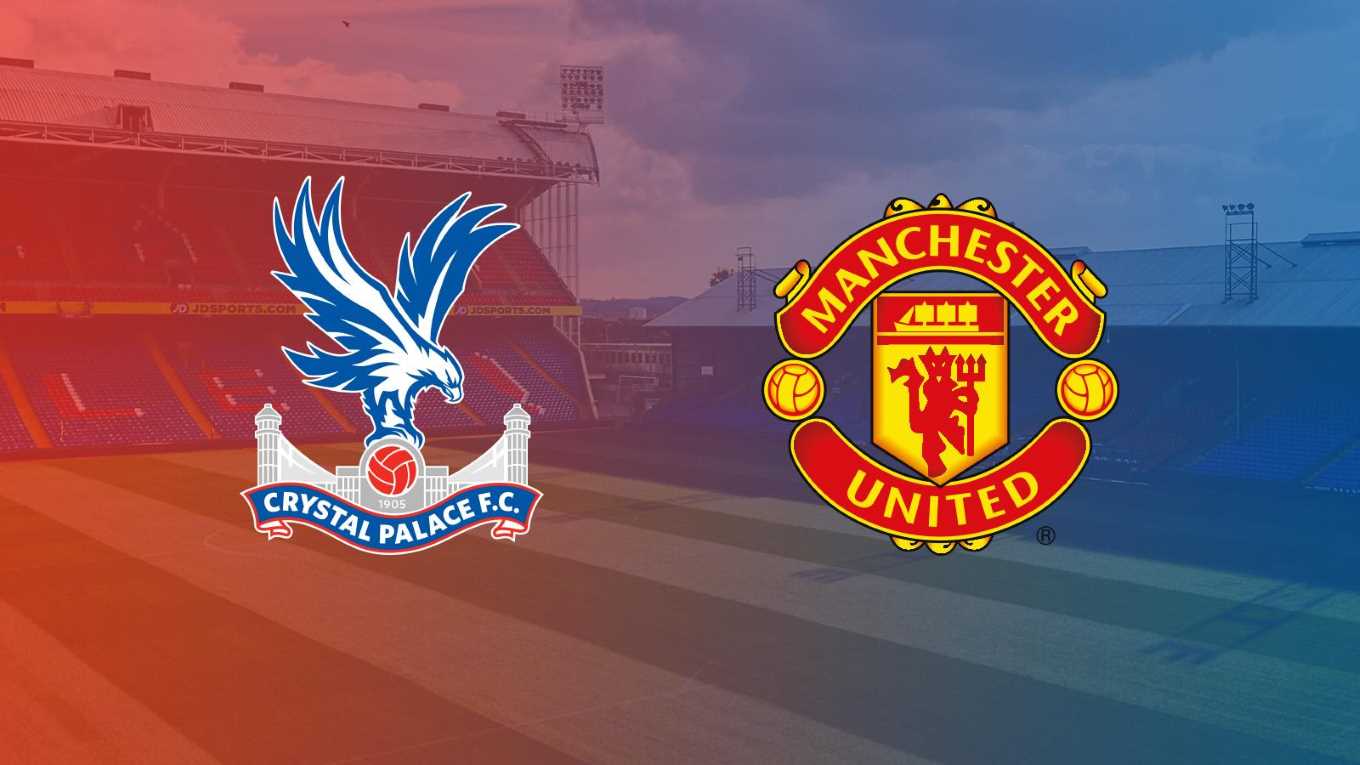Betting Strategy A: Bet It All
This system involves you betting your entire balance on every bet. The advantage is that if you win, you win big. Conversely, if you lose, you lose it all.
Betting Strategy B: Martingale System
The Martingale system has you double your bet after every loss, so that the first win would recover all previous losses plus a profit equal to the original bet. For example, say you started with a $100 bet and lose. You would then double your bet and continue doubling each bet until you finally win ($100, $200, and so on.). By the time you reach your fifth bet, you’d be risking $1,600. The Martingale betting strategy is seen as a sure thing by some since a gambler with an unlimited bankroll will eventually win.
The exponential growth of the bets in order to cover losses will eventually bankrupt all gamblers who use this system since no one has an unlimited bankroll. Also, every casino or sportsbook has a betting limit on the amount they will accept that will almost certainly be reached before the gambler wins.
Betting Strategy C: Fixed Amount Betting
This system requires you to bet a fixed amount on each bet. In our case, it is $100. With a 55% probability of winning, this method means you won’t lose your entire balance quickly but it also means your chance of losing will be slow but certain.
Betting Strategy D: Proportional Betting
Proportional betting systems require betting a portion of your bankroll and then increasing your bets by that same percentage after each win.
For example, if you had a $1000 bankroll and bet 10%, you’d bet $100 the first time. If you won, you’d add your winnings and find 10% of your new total for the next wager. For instance, if you won $200 you would add this to the $1,000. You then calculate 10% of $1200, which is $120.
This means winnings increase quicker than in the fixed-wager system, and losses slow down.
Betting Strategy E: Fibonacci Sequence
Using this methodology, you’ll increase your bets in a Fibonacci sequence. The Fibonacci sequence are numbers in the following sequence:
1, 1, 2, 3, 5, 8, 13, 21, 34, 55, 89, 144,…
By definition, the first two numbers in the Fibonacci sequence are either 1 and 1, or 0 and 1, depending on the chosen starting point of the sequence, and each subsequent number is the sum of the previous two.
As an example, lets say your first bet is $100 or 1 unit. You lose. You then place your second bet, also $100 or 1 unit. You lose again. Place your third bet, $200 or 2 units. Now you win. So you move down 1 unit to $100 or 1 unit.
This method has similar drawbacks to the Martingale system, but it reduces how quickly the bet increases if you’re on a losing streak, as well as reducing the rate at which you win.
Which Is the Most Profitable Betting Method?
And the winner is…
Strategy D: Proportional Betting – $19,275
Strategy C: Fixed Amount Betting – $6,600
Strategy E: Fibonacci Sequence – $0 (busted on bet 81)
Strategy B: Martingale System – $0 (busted on bet 81)
Strategy A: Bet it All – $0 (busted on bet 2)
Strategy D, the proportionate betting system, resulted in the greatest profits, earning $19,275 after 500 bets. This makes sense, since proportional betting has a natural mathematical advantage over the others betting systems.
For example, say your bankroll is down to only $100. You would then bet $10 and decrease each time, keeping you in the game for much longer than a fixed betting system, where your last $100 would be your last bet.
The only system other than proportional betting to avoid losses in our simulation was Fixed Amount Betting (Strategy C), earning $6,600 after 500 bets.
The Bet it All system (Strategy A), generated big gains after the first bet. It earned as much in one risk than the other systems did in their first seven. However, this strategy is quickly eliminated on just the second round of betting. The odds of making it through all 500 rounds at 55% is almost impossible. If you did manage to do so, you would have earned $67 billion by the 27th bet.
The Martingale (Strategy B) and Fibonacci Sequence (Strategy E) betting systems also started strong, but long sequences of losses quickly increased the required stake resulting in losing it all.
In our simulation of betting online, we lost 12 times in a row at round 81. These losses completely wiped out both Fibonacci and Martingale’s bankrolls. In fact, at the 12th consecutive loss in-a-row, the Martingale bettor had to bet $405,000 to recoup his losses.
That was impossible since his maximum balance was only $6,500. For Fibonacci, the maximum bet was $34,500, with his balance reaching its maximum at $4,300 before busting out.
The 12-bet losing streak also affected Proportional Betting (Strategy D) greatly, reducing its winnings from $8,369 to $3,276 – lower than that of Fixed Betting (Strategy C). This shows how well fixed betting protects your winnings and thus ranks as one of our best betting systems.
Which Betting Strategy Should You Choose?
In our simulation, its clear that Proportional betting is the only system that you should use. Keep in mind, however, that our simulation is based on the assumptions that we know both the edge and that the edge is in our favor – a 55% probability of winning each bet. Without those assumptions, the results for our betting strategy test would have change significantly.
Regardless, champredictions proposes Proportional Betting as the best staking formula of all the systems we tested. Not only because of the results, but because it’s a system that’s easy to use and calculate.




















Comments